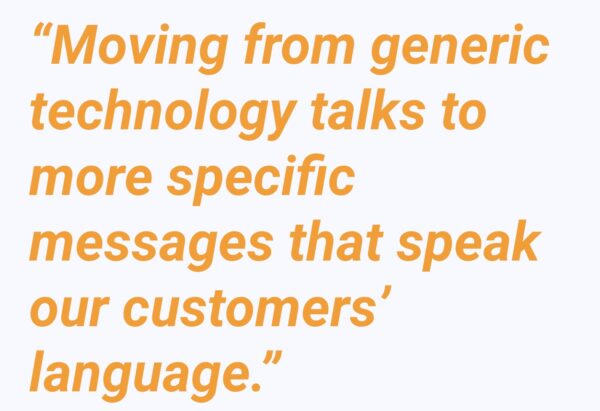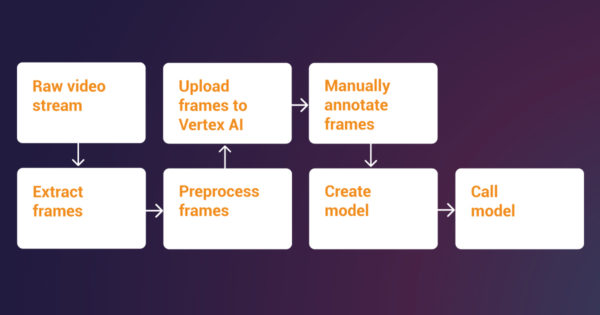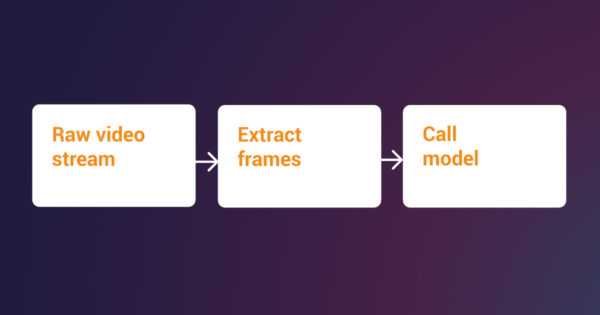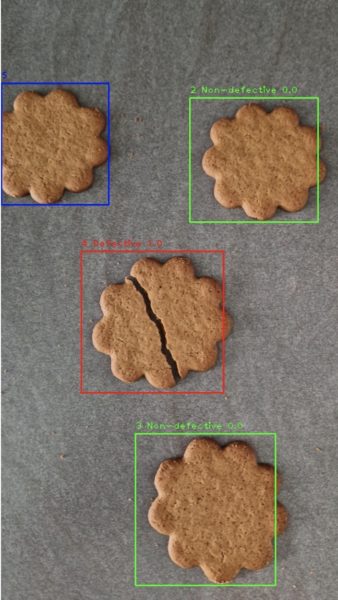Agents – Part Two
Gearing Up For The Self-Driving Business
Google Takes the Lead on Agentic AI
Building upon my recent introduction to Google Agentspace, which focuses on enterprise and desktop users, I will now turn the spotlight to some of the other AI agent technologies announced in Google Cloud’s Next ‘25 event. These advancements signal changes that could reshape your business far beyond the scope of just the enterprise user.
Google is developing powerful tools that go beyond Agentspace. They help you create and deploy autonomous agents across your entire technological landscape. One such tool is the Agent Development Kit (ADK). The ADK provides a toolkit for your technical teams to develop powerful agents that interact not just with the user, but with each other. This open-source framework simplifies building sophisticated multi-agent systems while maintaining precise control over agent behavior.
ADK in Action: Automating Complex User Experiences
Think of the ADK as a set of advanced, open-source tools that empower your developers to build incredibly flexible, custom agents that go far beyond off-the-shelf products. The ADK provides the framework to create these agents efficiently, test them effectively, and deploy them reliably.
Let’s look at a real-world example of multi-agent AI in action and examine how the ADK and other innovative Google tools empower you and your organisation. In this example, multi-agent AI solutions replicate human interaction in online shopping, addressing the impossibility of having live operators for every session.
Consider a customer needing to exchange an amplifier purchased last week because it lacks sufficient volume and reverb. Upon logging in, they chat with a Dialog Manager Agent—the system’s orchestrator. The customer explains their desire to return the item and exchange it for a new one with specific features.
The Dialog Manager consults a Product Specialist Agent, which has indexed all product manuals. This agent confirms that the “Neighbour Blaster 3000” meets the customer’s specifications. The Dialog Manager then queries the Stock Agent, verifying that one unit is available.
Concurrently, a Customer Record Agent updates the customer’s profile not just with codes, but in natural language, capturing the interaction’s details, request, and sentiment. This provides richer context for human review and enables agent learning.
Finally, the Dialog Manager Agent confirms the exchange transaction and passes the details to the Order Agent, which handles subsequent status updates from the warehouse to the doorstep.
This multi-agent system efficiently manages a complex return, exchange, feature check, and stock query, updating customer records meaningfully—all while mimicking a helpful human interaction. Taking this further, it is possible to integrate features like voice from Google’s AI Customer Engagement Suite, meaning you can achieve all of this through natural, spoken conversation.
Out of the ADK box come agent-to-agent protocols which enable multiple agents to work together to achieve customer satisfaction. It simplifies building robust, autonomous agents and ensures deployment readiness with options like Google Cloud Run and Vertex AI Agent Engine. The ADK also offers flexibility and freedom, and works with many varied AI models.
What’s In It For My Business?
So much for the technology and how it works – the real question is, what do these advancements do for your business?
- Increase Efficiency and Speed Across Your Business:
ADK and the agents built with it will help you automate any multi-step process across your operations and leverage parallel processing where multiple agents work simultaneously.
- Improve Decision Support at Every Level:
You will be able to equip your teams with powerful, yet flexible agents that can gather information, analyze data, and provide insights directly within their workflow.
- Future-Proof Your Organisation:
ADK will form a solid foundation for leveraging advanced AI capabilities across your organisation, eventually creating an “agent workforce” tailored to automate and optimize various aspects of your business operations.
- Dramatically Enhance Your Customer Engagement:
Automating the workflows for handling customer inquiries, providing faster responses, offering personalized interactions (using customer history), proactive issue resolution, and even AI-driven voice communication will help you achieve better customer outcomes and higher satisfaction.
- Solve Complex Operational Problems:
Tackle challenges across different departments that change frequently or require specialized knowledge by assigning tasks to dedicated agents working in concert. Free your people to meaningful and more complex tasks requiring a human touch.
Debrief: The Agentic AI Summary
The Google Agent Development Kit is a powerful, flexible toolkit, and it is available now. It empowers teams to build sophisticated, custom AI agent systems that can automate complex tasks, enhance customer interaction, and solve challenging business problems. By enabling the creation of collaborative multi-agent systems, the ADK offers a strategic pathway to harness AI for tangible business benefits and increased operational efficiency.
Agentic AI is a new way of putting technology to work when solving problems and innovating. The Agent Development Kit is the means of starting construction, but the bigger picture here is the revolution in systems thinking and how we deploy software to enhance and supplement the work we do. Agentic AI challenges us to rethink how technology can shape the organisations we are building and leading. In many ways, it is not too far-fetched to start envisioning the ‘self-driving business’.
Contact us here at Codento to discuss the potential applications of AI agents and ADK. We can show you where you could be heading with Agentic AI.
For more details on Agentic-AI or any of the other topics raised here, contact matthew.wooller@codento.com

Matthew Wooller, Data and AI Strategist, Codento
Contact us for more information on our services:



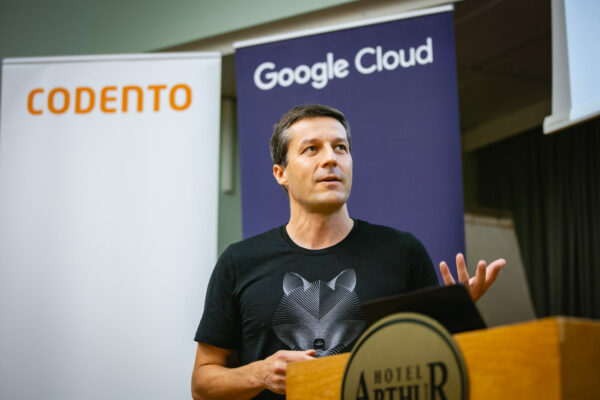



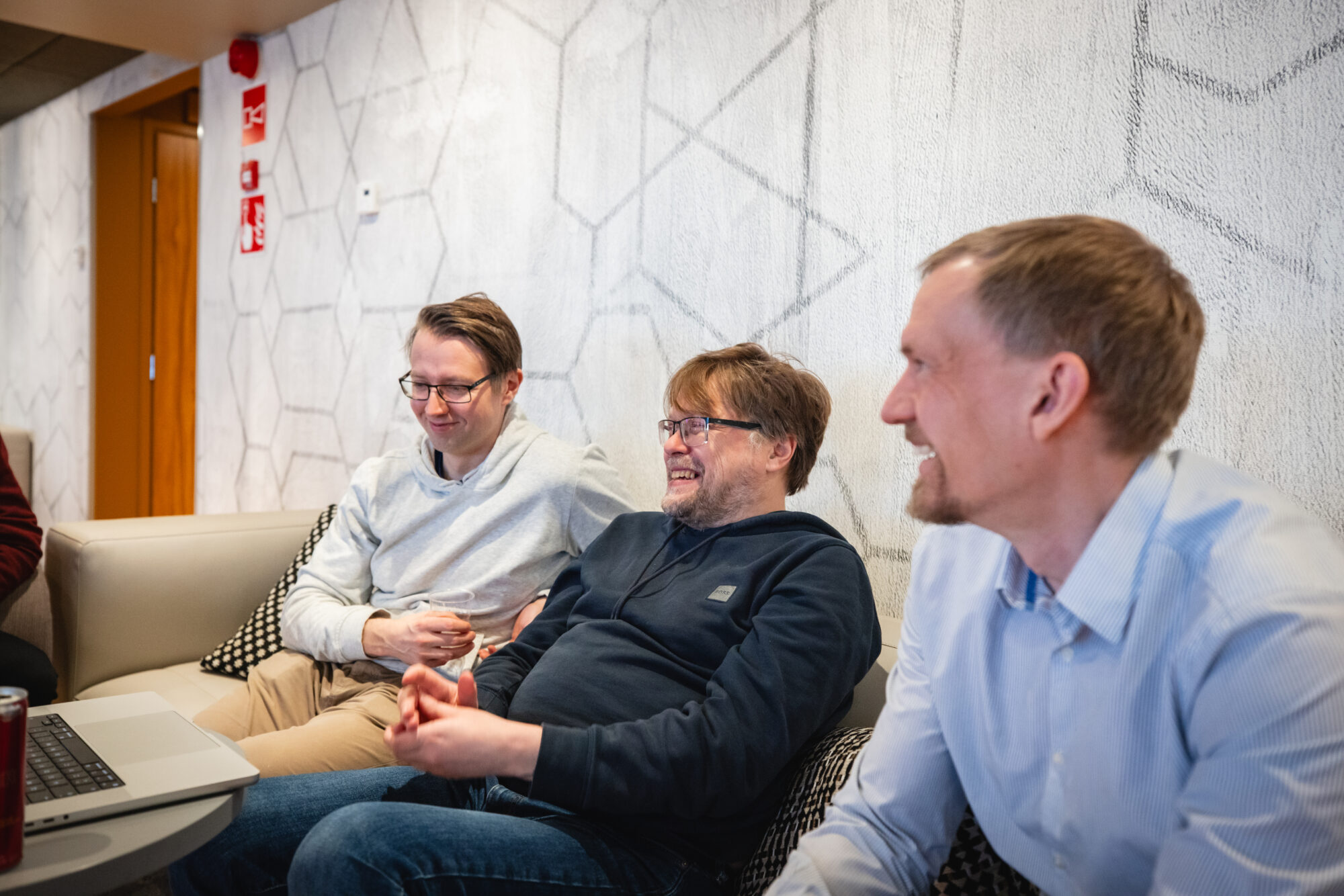



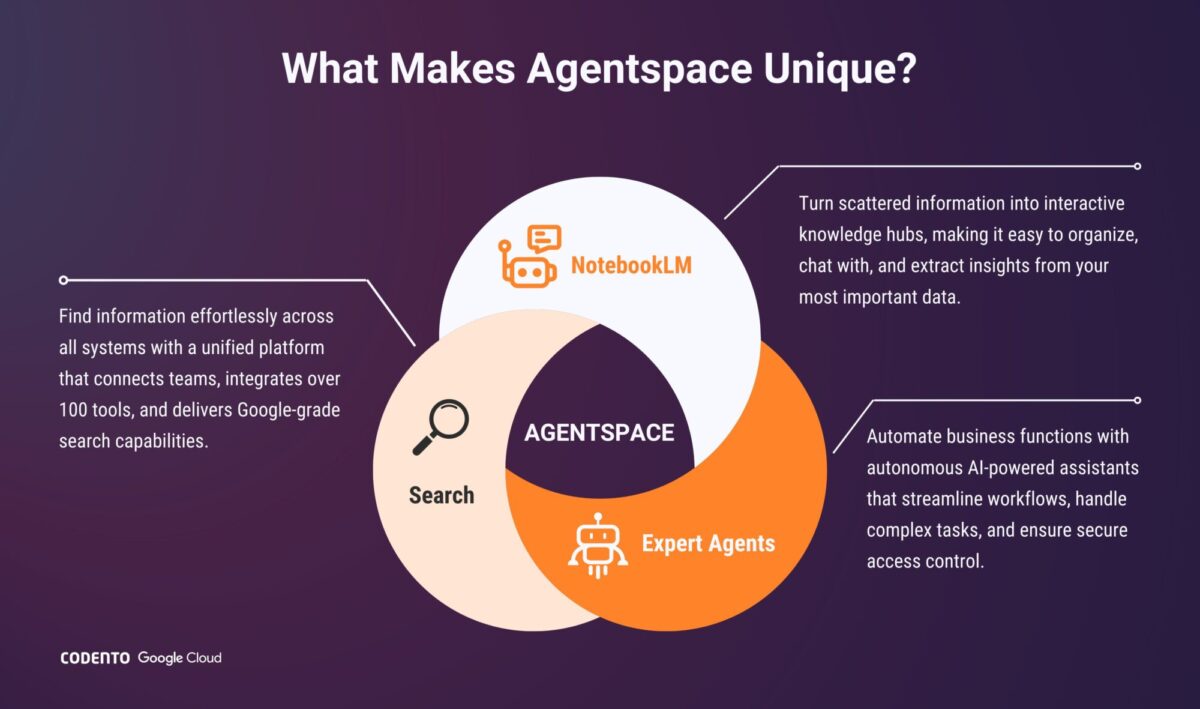





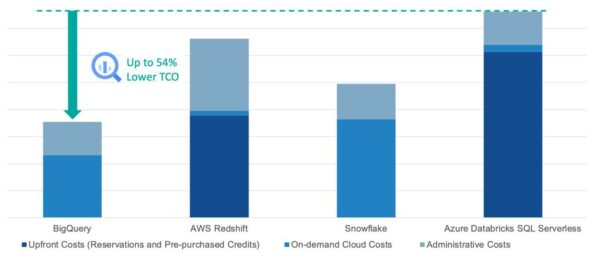
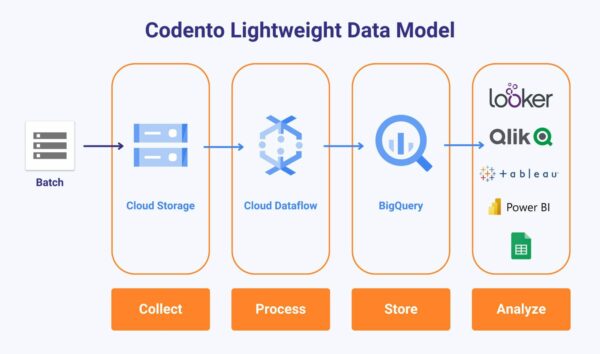



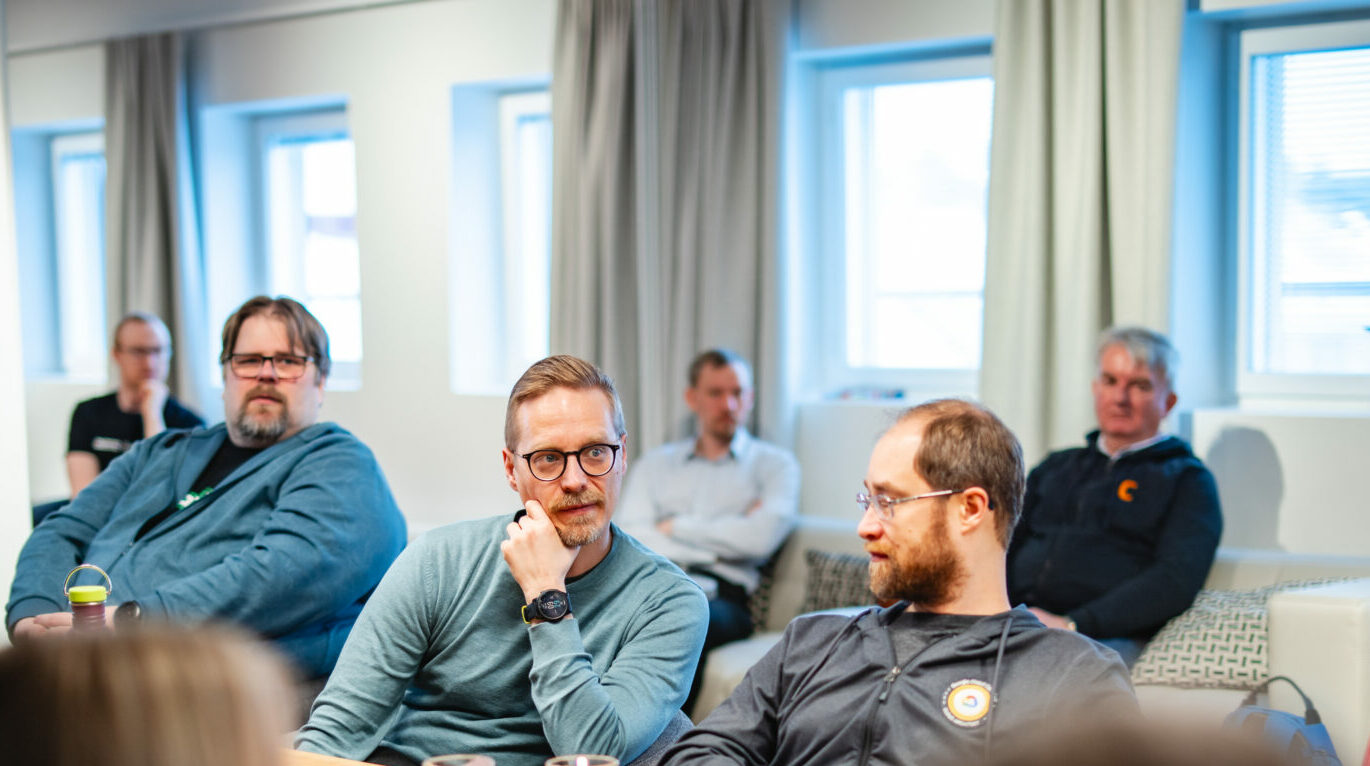




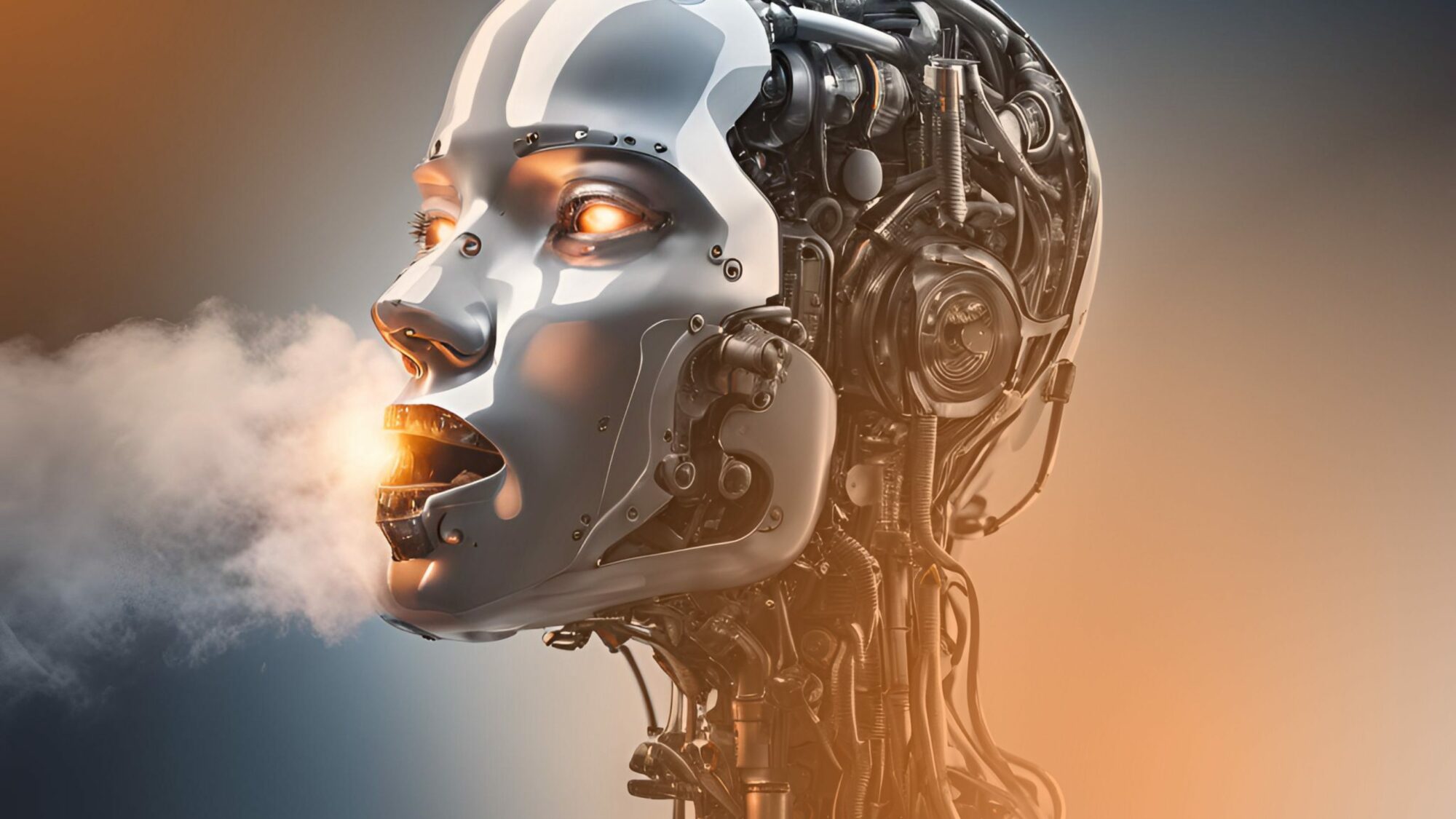



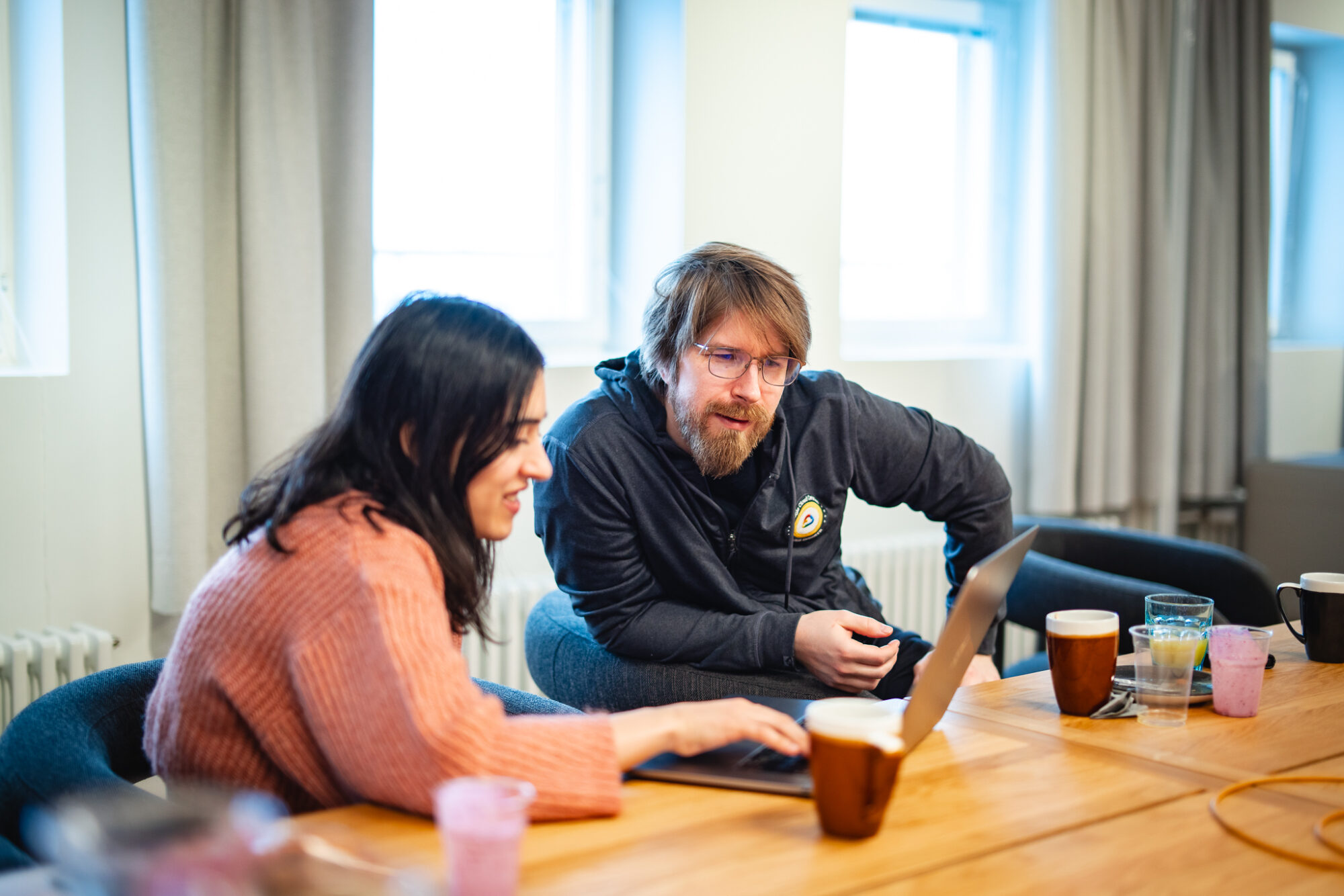


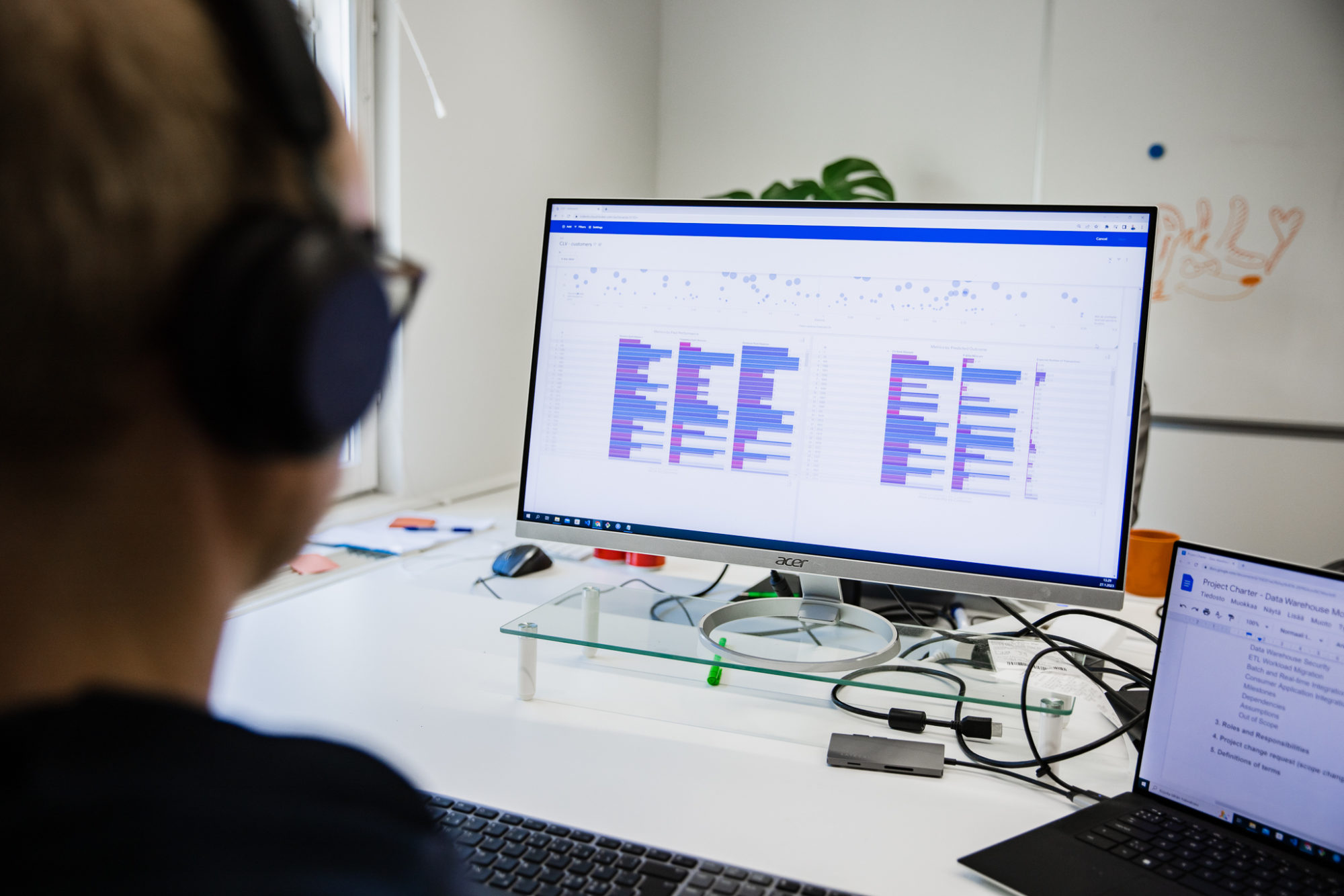
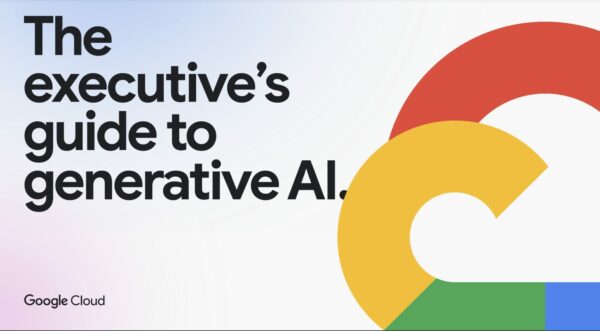

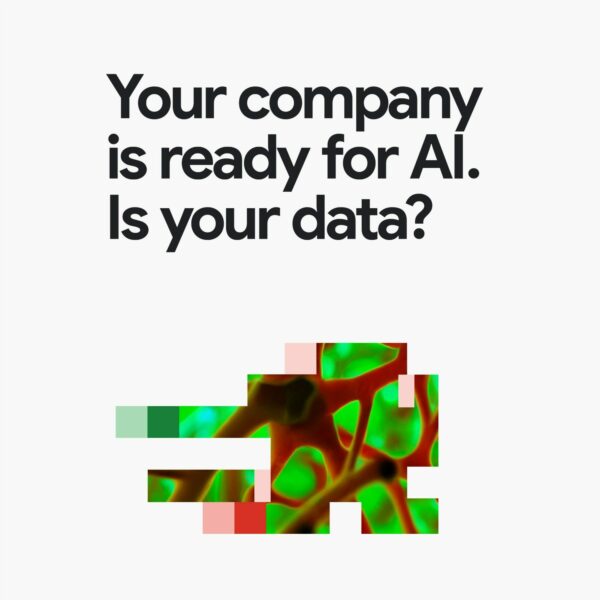


 ctively participating to the event in Las Vegas with Ulf Sandlund and Markku Pulkkinen and remotely via the entire Codento team. Earlier on Tuesday Codento was awarded as
ctively participating to the event in Las Vegas with Ulf Sandlund and Markku Pulkkinen and remotely via the entire Codento team. Earlier on Tuesday Codento was awarded as 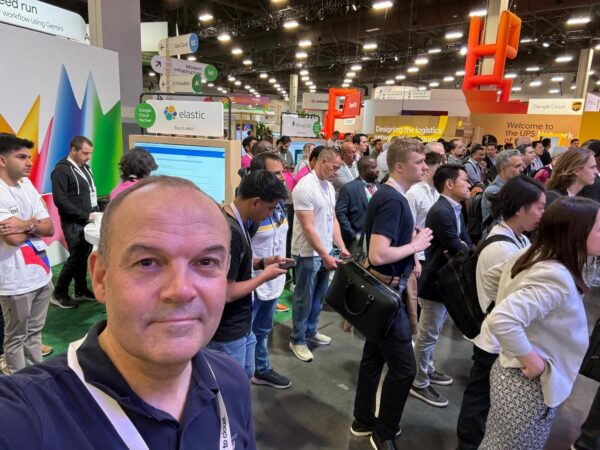 ng embedded across a broad range of Google Cloud services addressing a variety of use cases and becoming a true differentiator, for example:
ng embedded across a broad range of Google Cloud services addressing a variety of use cases and becoming a true differentiator, for example: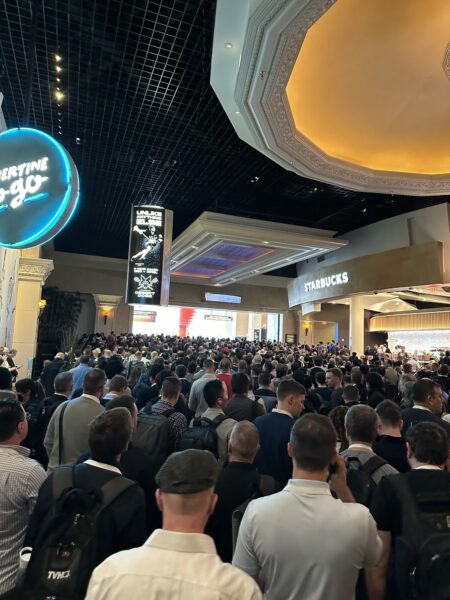
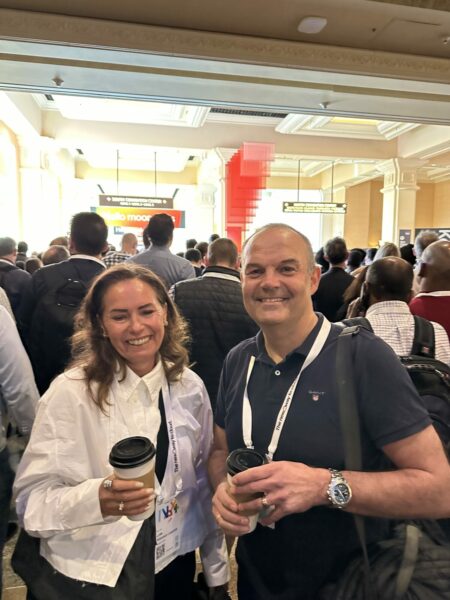 What is already known convinces us that Google Cloud and its AI approach continues to be completely enterprise-ready providing capabilities to support deployments from pilot to production.
What is already known convinces us that Google Cloud and its AI approach continues to be completely enterprise-ready providing capabilities to support deployments from pilot to production. 
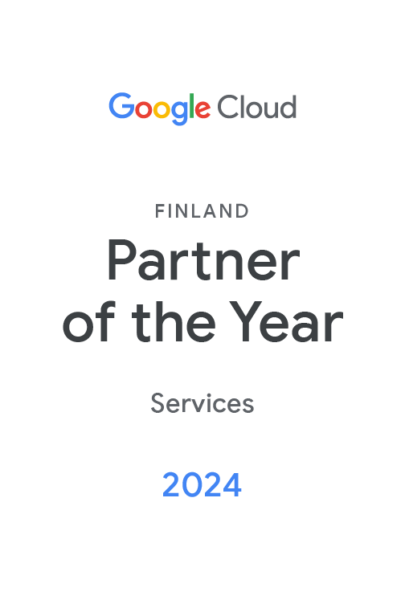 They say focus, determination, and hard work eventually result in a good outcome. So it has happened to us.
They say focus, determination, and hard work eventually result in a good outcome. So it has happened to us.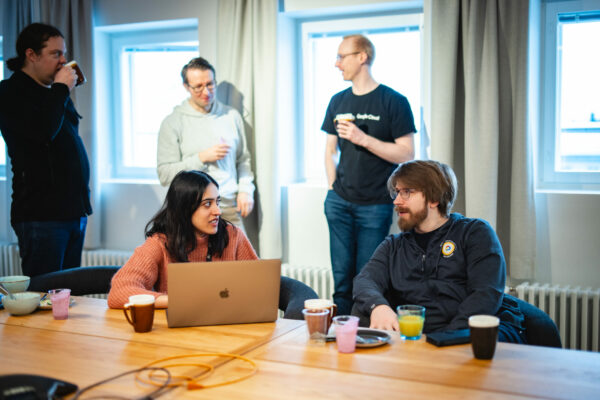 According to various market forecasts, it is safe to say that Nordic organizations need to invest 3-10% of their revenue in AI development and capabilities in a few years to stay on par with their international peers.
According to various market forecasts, it is safe to say that Nordic organizations need to invest 3-10% of their revenue in AI development and capabilities in a few years to stay on par with their international peers.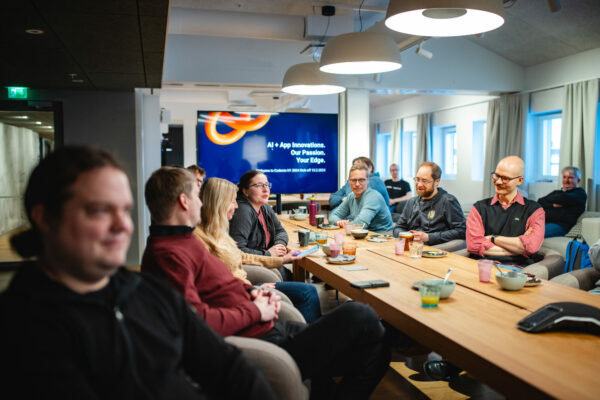 As discussed with multiple international industry peers recently, organizations here in the Nordic region are more inclined to consolidate their cloud technology decisions on a single cloud of choice and become more dependent on that bet over time. This is different, for example, in the US, where organizations typically use several major cloud technologies.
As discussed with multiple international industry peers recently, organizations here in the Nordic region are more inclined to consolidate their cloud technology decisions on a single cloud of choice and become more dependent on that bet over time. This is different, for example, in the US, where organizations typically use several major cloud technologies.


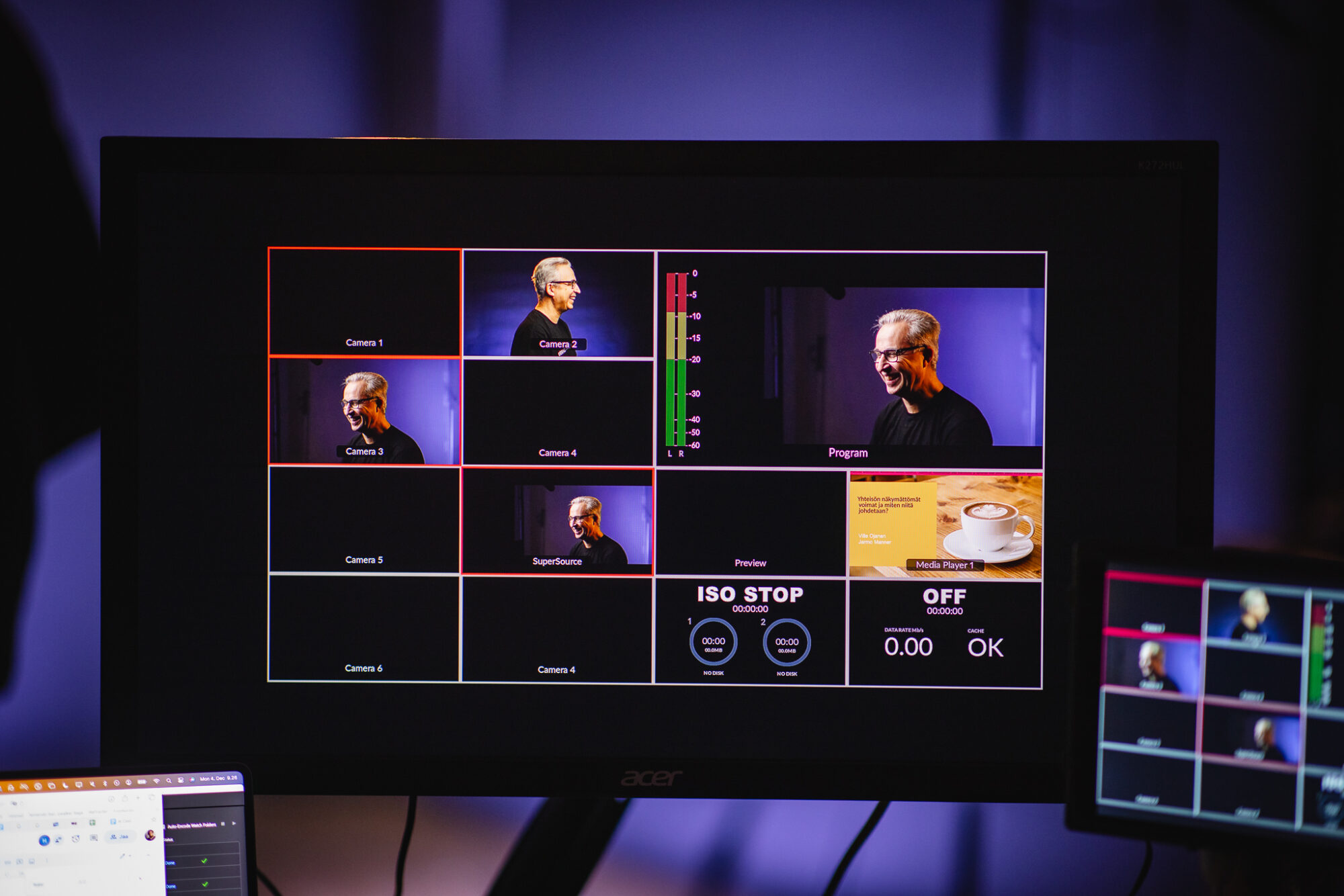


 ogy accessible and affordable for businesses of all sizes.
ogy accessible and affordable for businesses of all sizes. ombination of hardware and software to create a more natural and immersive video conferencing experience.
ombination of hardware and software to create a more natural and immersive video conferencing experience.
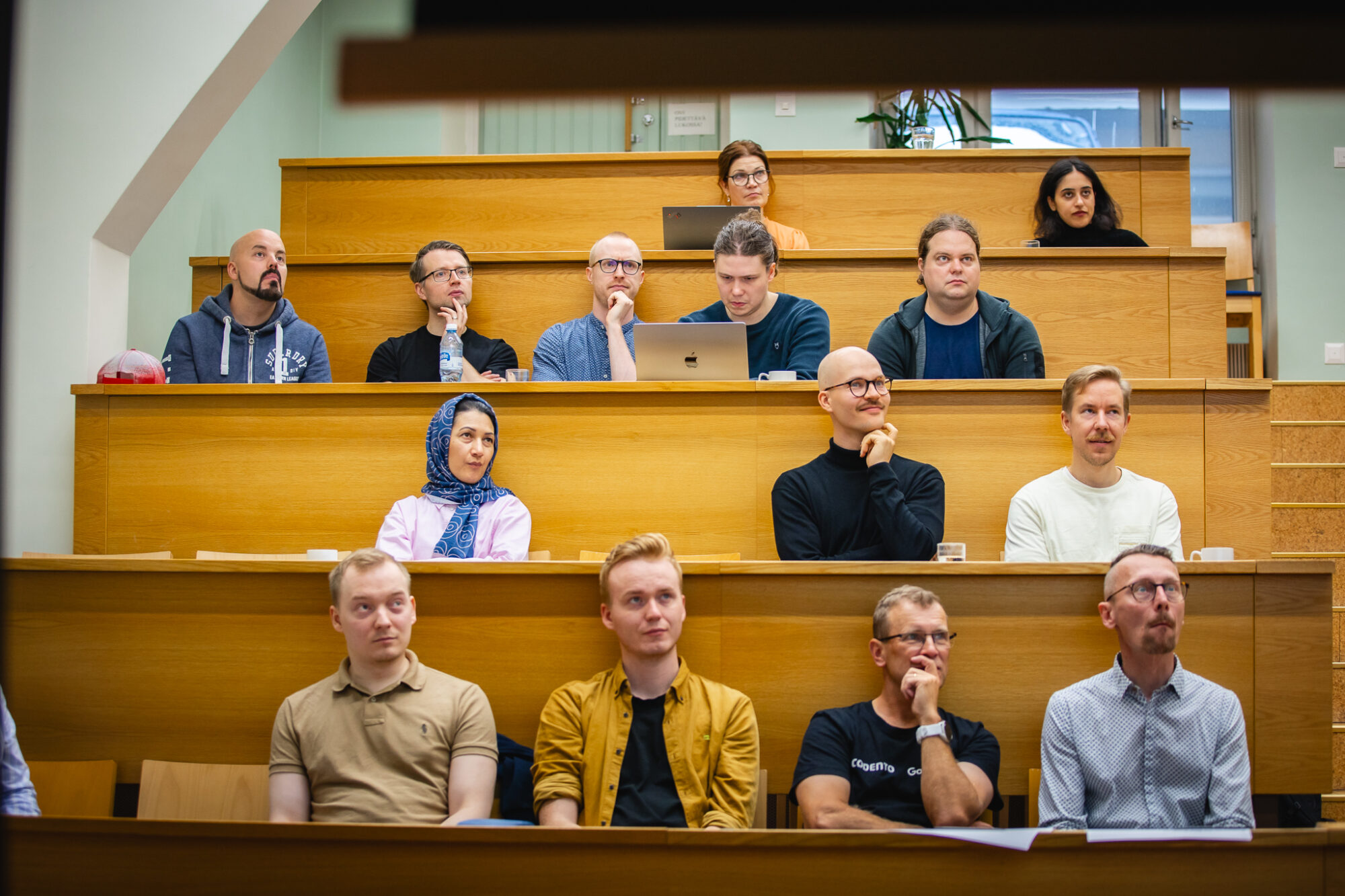





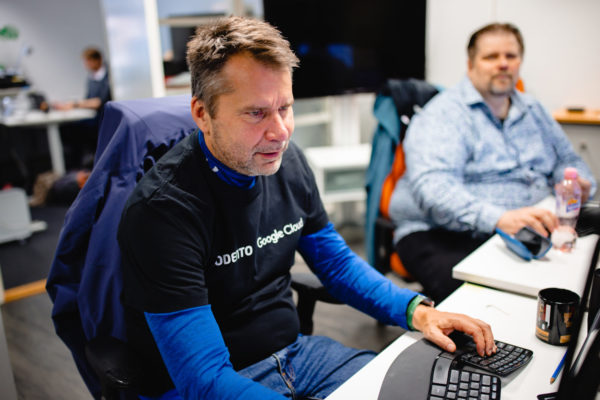
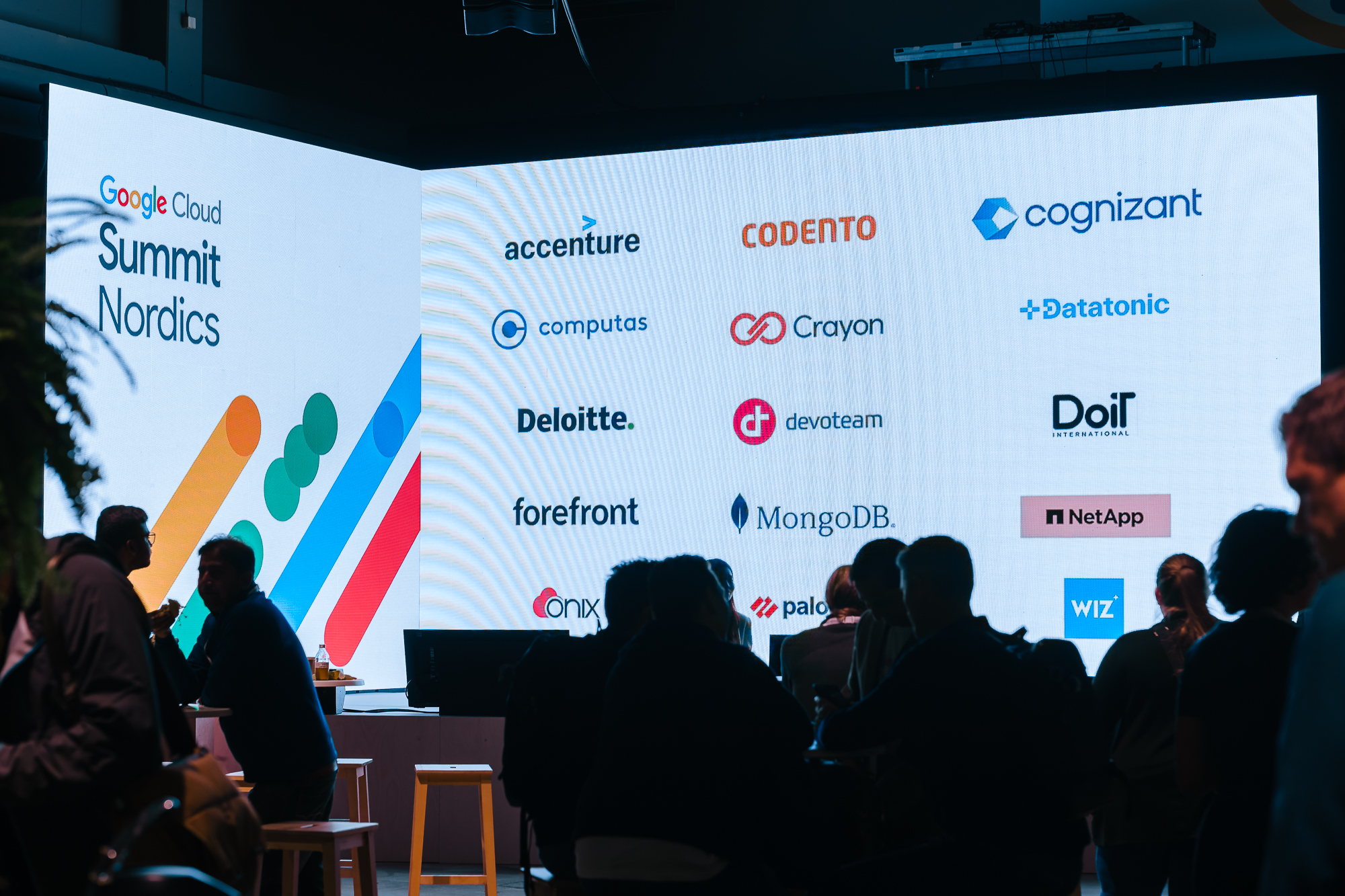
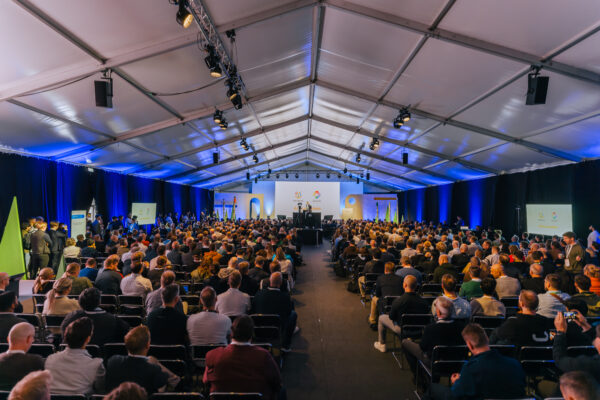

 Run.
Run. mer satisfaction, and increased revenue.
mer satisfaction, and increased revenue.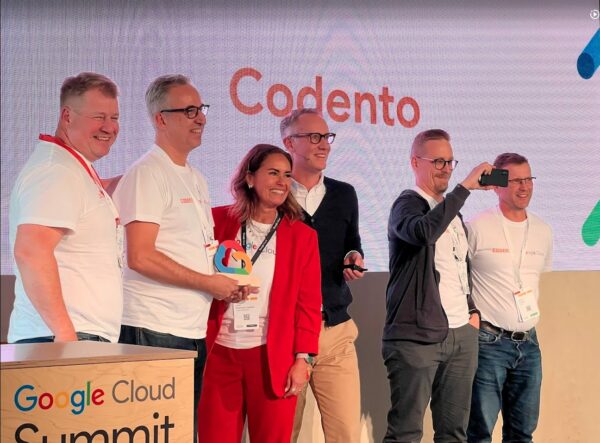 that Codento was awarded with the Partner Impact 2023 Recognition in Finland by Google Cloud Nordic team. Codento received praise for deep expertise in Google Cloud services and market impact, impressive NPS score, and
that Codento was awarded with the Partner Impact 2023 Recognition in Finland by Google Cloud Nordic team. Codento received praise for deep expertise in Google Cloud services and market impact, impressive NPS score, and 

